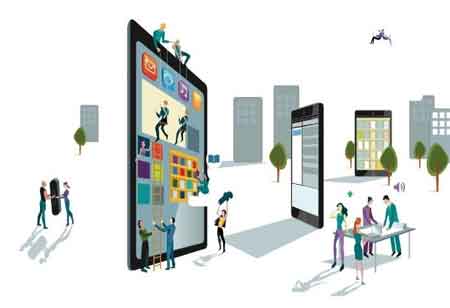THANK YOU FOR SUBSCRIBING
Be first to read the latest tech news, Industry Leader's Insights, and CIO interviews of medium and large enterprises exclusively from CFO Tech Outlook
THANK YOU FOR SUBSCRIBING

By
CFO Tech Outlook | Tuesday, March 25, 2025
Stay ahead of the industry with exclusive feature stories on the top companies, expert insights and the latest news delivered straight to your inbox. Subscribe today.
New disruptive technology is rapidly transforming businesses. Companies invest in Big Data, Automation, and Artificial Intelligence solutions to enhance their capabilities.
FREMONT, CA: As businesses move to new digital operating models, finance, accounting, and legal requirements for tax data evolve rapidly, and tax functions need to respond quickly. Tax leaders, however, report widespread unpreparedness for digital transformation due to a lack of 'tech-savvy' and no clear strategy or budget for tax function digitisation. As a result, tax functions are often not included in other businesses’ broader digital journey discussions. In many countries, tax authorities are learning new skills and hiring data scientists and other technology-related capabilities. Through transparency regulations, they obtain far more information and apply technology innovatively to analyse the data collected. Below are some of the steps tax departments can take to move forward in the digital transformation wave.
Revisiting the tax model
Tax leaders often face the high cost of digital transformation and the lack of the capital needed to invest in tax department transformation. Other challenges are the gap in expertise and capacity due to new skills and cost-cutting measures. As a result, tax leaders have no alternative but to rethink their existing technologies. There are different tax-operating models, ranging from maintaining all in-house activities supported by technology to outsourcing some or all activities to third parties. Co-sourcing and outsourcing are ways to promptly and cost-effectively access innovative technology solutions, expertise, and capacity. As a result, companies can access technological capabilities, skills, and resources without bearing the investment costs necessary to implement and maintain their systems, technology, and applications.
Transforming ERPs
Traditionally, when ERP transformations got underway, the tax was not part of the end-to-end business process and system design. Instead, the tax has often been coated in the financial process workstream, often accompanied by a lift-and-shift approach. This means replicating tax-related processes from the legacy environment into the new ERP system. This generates the threat that operations will be plagiarised not fully to consider all relevant tax requirements and, where applicable, provisions are not filled. Therefore global tax compliance and reporting obligations may not be correct at first. In addition, tax authorities intend to accelerate data collection directly from the ERP systems of companies and use data analytics to analyse such data. Accordingly, the tax function needs a table seat in ERP transformations.
Reviewing the team
To meet digital challenges, tax leaders need to focus on retraining and upgrading existing staff and new hires. Flexible, curious, and collaborative minds are critical to a tax digitalisation journey. In addition, project management, data analytics, automation, and programming skills will enhance tax processes and tax output.
See Also:Top 10 Employee Benefits Consulting/Service Companies
I agree We use cookies on this website to enhance your user experience. By clicking any link on this page you are giving your consent for us to set cookies. More info



